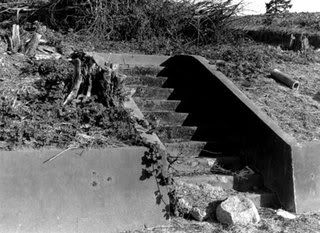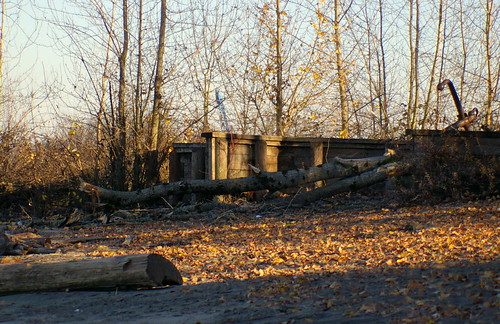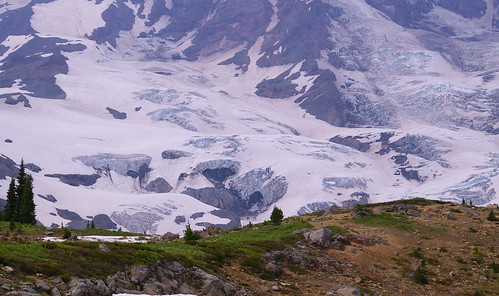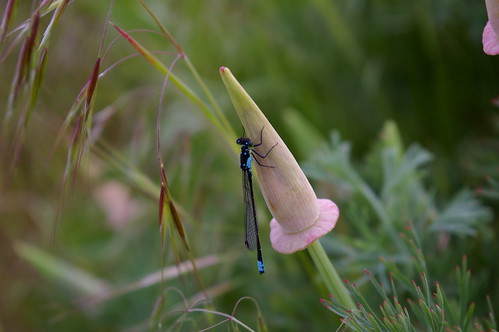What I meant was that I wanted a relatively inexpensive camera with few features, one that would be both easy to use, and that had the potential to teach the user of the camera a few things about photography and optics. The K-1000 was very basic to use. Knowing nothing of photographic principles, it was possible to pick it up, have the light meter explained (the needle should be in the middle part), and, through sheer fiddling, come up with settings that would result in viable images. With just two or three other concepts included (don't go under a certain shutter speed without a tripod, try to use the fastest shutter speed possible, and use condition-appropriate ISO film), you could be up and running taking printable, decent photos and concentrating on developing your composition skills rather than on working the dials and rings. My K-1000 was so easy to use that I never even thought about it being a "real" SLR, or about whether the ideas I gained using it would come in handy later.
My experience with the K110D, which I consider the true digital progression from the K-1000, has been very similar. It taught me what SLR really means, that the image you see in the viewfinder and the image that hits the sensor are the same, coming as they do directly through the lens. This is in stark contrast to the image you see on a compact digital camera, where the image you see on the LCD is a product of interaction between the lens, the sensor, and the LCD, and you're taking the picture based on this interpretation. When you make changes to the settings, you're manipulating how the LCD image looks as much as you are how the camera will take the picture. On an SLR, when you change a setting, you're affecting how the camera behaves, and you don't necessarily get a visual cue, because no matter what you change, you still see the light that's coming through the lens, and nothing more. This requires a bit more understanding of what your settings do, as well as a bit less understanding of your camera's menu structure. For me, this is a good thing. more often now, I shoot the picture I want instead of shooting the general area and cropping out the bits I didn't really want.
Of course, using a fully automatic camera is a completely different experience than the old fully manual K-1000, but I can't say there's much I miss about manual focus, and switching over to manual mode generally alleviates any lingering nostalgia I have for the old ways. I'll need to brush up on basics again once I start trying to take some low-light pictures (I need a tripod upgrade first, since my first one has succumbed to age and cracked in at least one place), but until then, I'm very pleased with the pictures I'm taking, and I think they're at least as good as the ones I took in the old K-1000 days.
then:

now:






